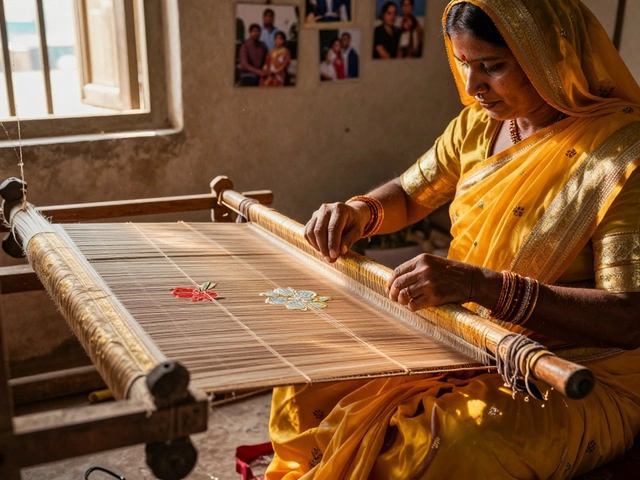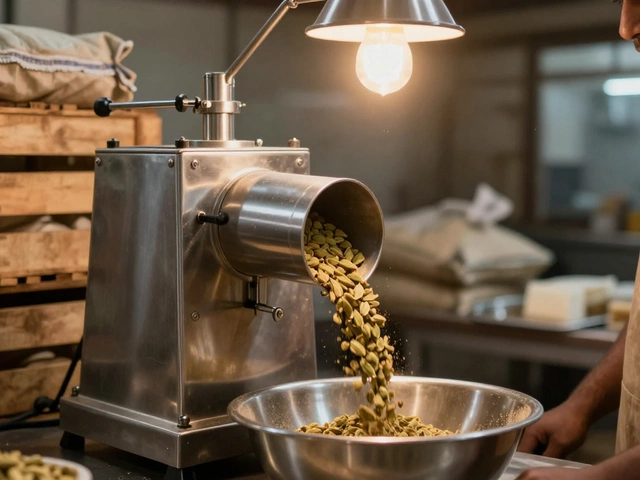Indian Manufacturing: Trends, Challenges & Growth Tips for 2025
Wondering why Indian factories are suddenly buzzing? The government’s Make in India push, cheap labor, and rising domestic demand have turned the country into a manufacturing hotspot. If you’re thinking about starting a plant, joining a supplier network, or just want to understand where the industry is heading, you’re in the right place. Below you’ll get the key forces driving the sector, the real‑world problems most firms hit, and quick actions you can take right now.
What’s Fueling the Boom?
First off, demand is exploding. From smartphones to agricultural gear, Indian consumers are buying more, and exporters are eyeing the global market. That means factories need to crank out higher volumes faster. Second, technology is finally affordable. CNC machines, IoT sensors, and low‑cost robotics are no longer exclusive to the West. Small and medium outfits can now automate a few critical steps without breaking the bank.
Third, policy support is getting better. Tax breaks for green energy, subsidies for skill training, and faster customs clearance are cutting the hidden costs that used to scare newcomers. And don’t forget the talent pool – engineering graduates are pouring out of campuses each year, ready to join production lines or start their own ventures.
Big Hurdles and Simple Fixes
Power cuts still bite. A sudden outage can halt a whole batch and waste material. The smart fix? Install a modest solar‑plus‑battery system. It adds upfront cost but saves you from nightly shutdowns and lowers your electricity bill in the long run.
Red tape is another pain point. Getting a factory licence, environmental clearance, and labor approvals can take months. The trick is to hire a local consultant who knows the state‑level requirements and can bundle applications. That way you move from “wait for approval” to “approval in hand” much quicker.
Skill gaps also show up on the shop floor. Workers may know how to operate a lathe but struggle with data‑driven quality checks. A short, on‑site training program – even a two‑day crash course on SPC (Statistical Process Control) – can lift defect rates dramatically. Many industry bodies now offer free modules online, so you don’t have to send staff far away.
Finally, supply‑chain volatility can surprise you. Raw material price spikes happen when global logistics hiccup. Building a small safety stock of critical inputs and diversifying suppliers across different regions keeps production humming even when one source dries up.
Put these ideas together, and you have a practical roadmap: upgrade smart tools, secure reliable power, streamline approvals, upskill your crew, and hedge your supply line. Follow these steps and you’ll be better positioned to ride the Indian manufacturing wave in 2025 and beyond.
Profit Potential of the Indian Furniture Industry
The furniture industry in India has been rapidly evolving, gaining attention for its vast potential and profitability. With the rise in urbanization and middle-class incomes, there's been a noticeable shift towards stylish and functional furniture. This transformation opens up golden opportunities for both local artisans and large manufacturers. Understanding market trends and embracing sustainable practices could be the key to thriving in this highly competitive domain.
Read More




